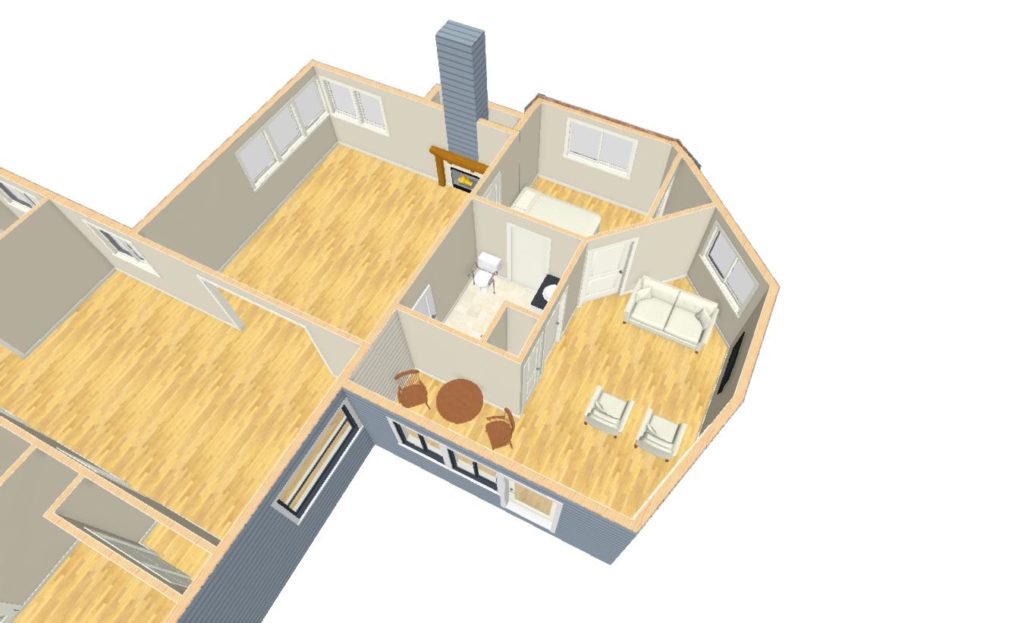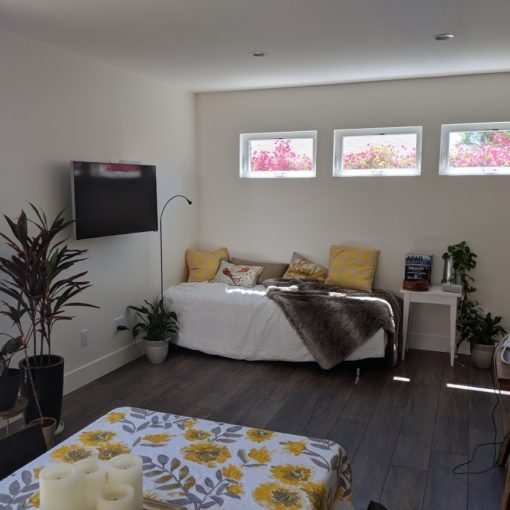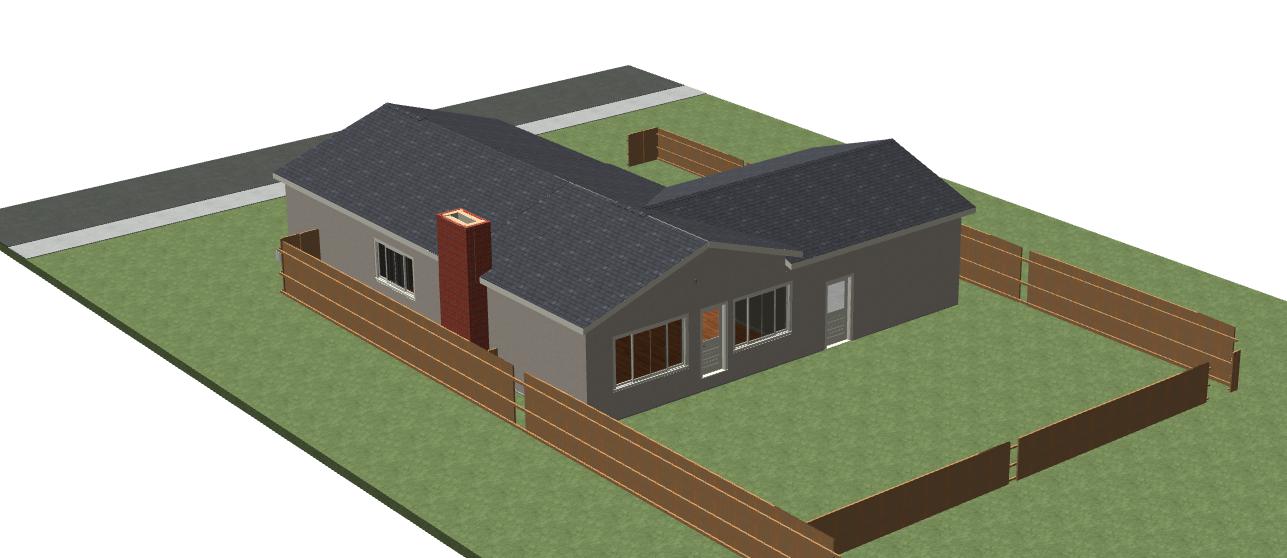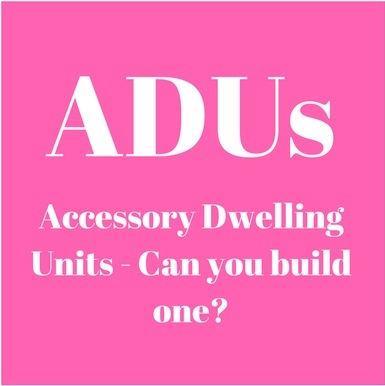Every project has it’s own pace. Some are quick. Some are slow. Some hit road blocks. Some are paused and come back. One of my projects, which had been put on “hold” back in December, has come back to life.
The project is in Sunnyvale. It was a project that started out as a secondary dwelling unit project (an addition to a house to act as a dwelling for the owner’s aging parents). After looking at the zoning requirements and design limitations for a secondary dwelling as compared to a simple addition to the house, the owner had decided to make the project a simple addition to the house. We had completed Schematic Design and were about to start Design Development and Constructioin Documents. For reasons outside of his and my control, he had to put the project on hold in December.
Earlier this month he contacted me to get the project going again. Yay! This is a nice little addition project to a house build in the ’80’s. Before we just jumped back into the project to resume where we left off, I went in to the Sunnyvale Planning Department and met again with one of the planners. My question was, have there been any changes to the Planning and Zoning ordinances that came into affect at the new year that would affect our project?
I suspected that there would be changes. New state level legislation regarding Accessory Dwelling Units came into affect January 1st, 2017. This state level law has created some chaos at the local level, as many cities’ own rules about ADUs were now voided by the State. I had seen this in Berkeley and Oakland.

My suspicions were correct. There had been several changes to the Sunnyvale Planning Code relative to ADUs that will have a direct affect on this project. The two biggest changes were that the requirement for an additional parking spot had been eliminated. And we would now be allowed to project the ADU into the required back yard set back.
These two changes mean that the owner now has to decide again if he wants to build this project as a dwelling or as an addition. There are other changes, too, but these will have the biggest impact on this project. Because of the configuration of the site, at the end of a cul de sac, the front yard is a narrow wedge. There was no way to accommodate an additional parking spot. We were forced, to make the project an addition, eliminating the kitchen. But now we can revisit that decision as the additional parking spot is no longer required.
Being able to project into the required back yard set back means that we can square off the back of the addition. Previously, we had been constrained by a set back at an odd angle. Now that we don’t have to follow the odd angle, construction will be made much easier. We will gain a little square footage, and probably still save money because we won’t have finicky framing to contend with.
I will also be doing a code review of our design, as the new version of the Building Code came into affect on January 1st as well. The building code is updated every 3 years. The project was designed under the 2013 code. But now we’ll be contending with the 2016 code. Fun!
The moral of the story, is that it pays to double check the rules, particularly after January 1st and July 1st, the dates when new laws come into affect in California.





